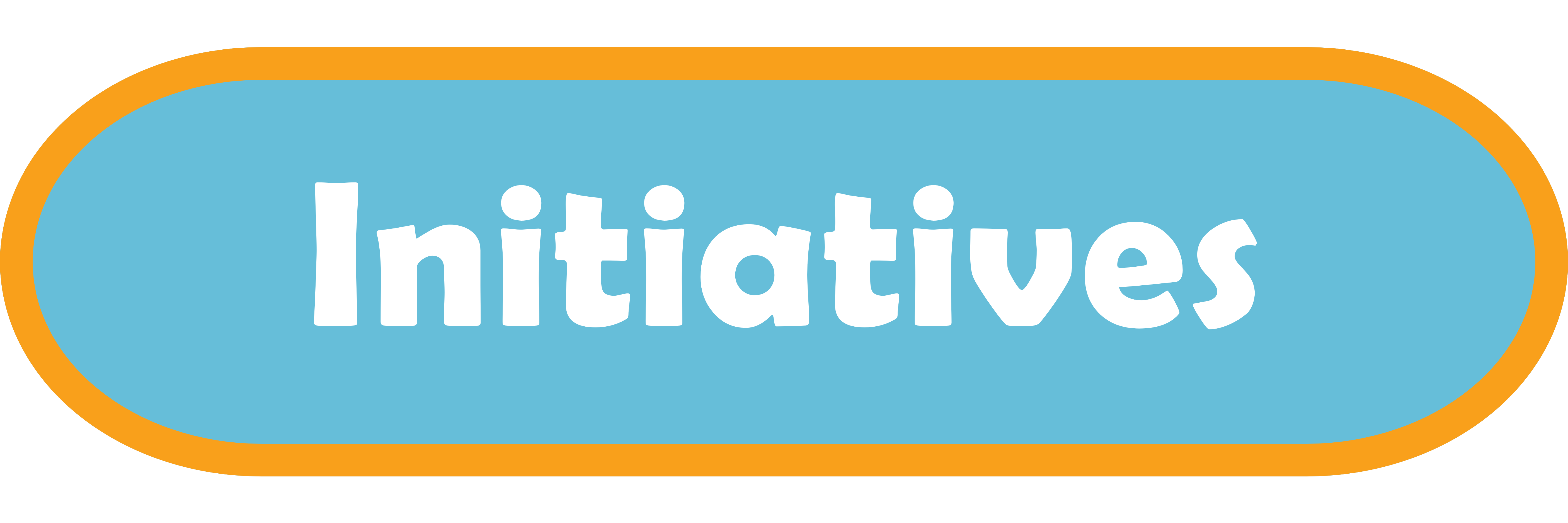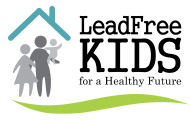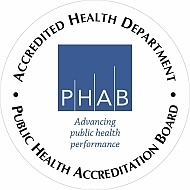Explanation of the Data
Testing Requirements
New York State requires doctors to test all children for lead poisoning at ages 1 and 2. Only a blood test can tell how much lead is in a child’s body. The Centers for Disease Control and Prevention determines what follow-up is needed for a child based on the amount of lead found in a child’s blood.
The child’s doctor must also complete a lead risk assessment at each well-child visit starting at birth all the way up through age 6. The doctor may order additional testing based on results of that assessment. New York State also requires that newly arrived refugee children, between the ages of 6 months and 16 years, be tested upon arrival and 3-6 months after their arrival.
Data Methods
Some children have more than one lead test in a calendar year. Test results on this website are summarized for each child rather than for each test. For example, if a child has multiple lead tests in a calendar year, they will only be counted once for that year. In this situation, the highest result collected by venipuncture (blood drawn from the vein) is included in the analysis. If no venipuncture was performed, the highest finger stick result is included.
In Onondaga County, any blood lead level (BLL) of 5 mcg/dL or higher is classified as an elevated blood lead (EBL) level.
Data Suppression - Place & Race
When a small number of children have been tested in a zip code (less than 30 children) and/or a small number of children have an elevated test result in a zip code (less than 6 children), data are suppressed to protect patient confidentiality. When necessary, additional suppression is applied to ensure that suppressed cells cannot be recalculated through subtraction.
Data Policy
The Onondaga County Health Department adheres to the NYSDOH policy statement as it relates to the use of these data.
Additional Data Sources
To access publicly available searchable housing data for the City of Syracuse, please visit: data.syrgov.net
|








